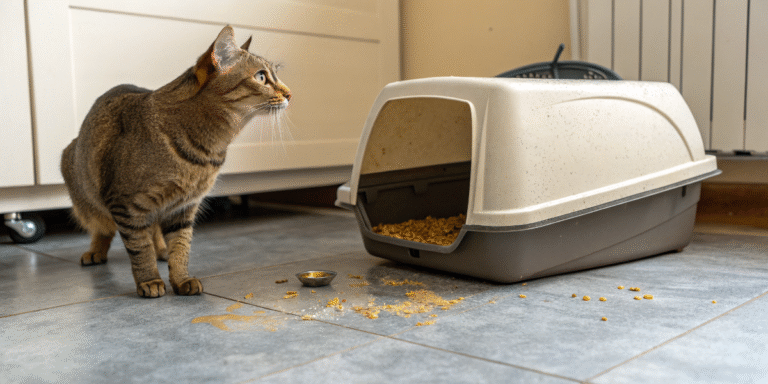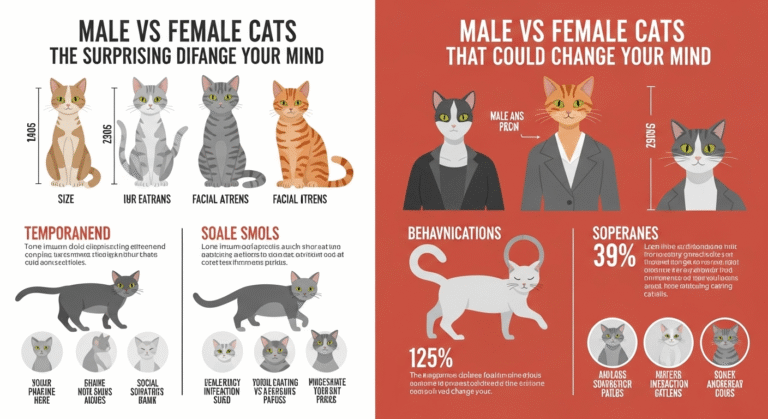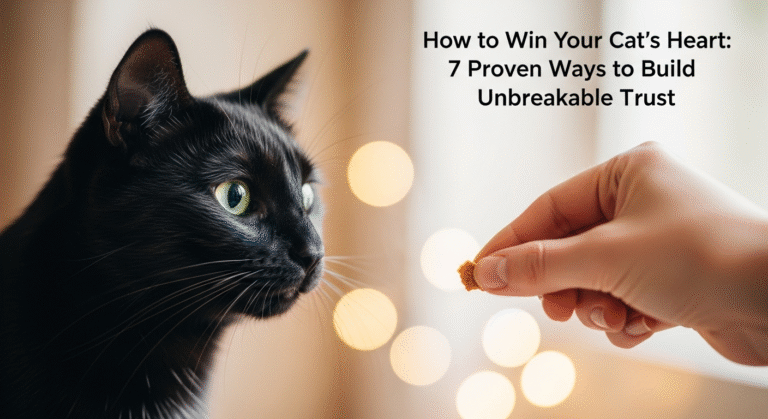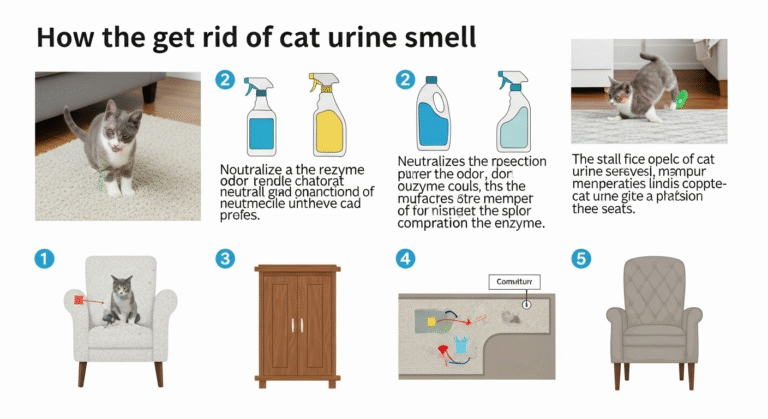10 Things That Emotionally Hurt Your Cat: A Complete Guide to Feline Mental Health
Cats are often perceived as independent, self-sufficient creatures with an aloof demeanor. However, beneath that composed exterior lies a deeply sensitive animal whose emotional well-being is significantly affected by their environment and interactions with humans. Understanding what emotionally hurts your cat is crucial for maintaining a healthy, happy relationship with your feline companion.
Understanding Cat Emotional Sensitivity
Despite their reputation for independence, cats form deep, meaningful bonds with their human companions. They are highly sensitive creatures whose emotional state can be dramatically affected by changes in their environment, routine, or treatment. Recognizing these emotional triggers is essential for responsible cat ownership.
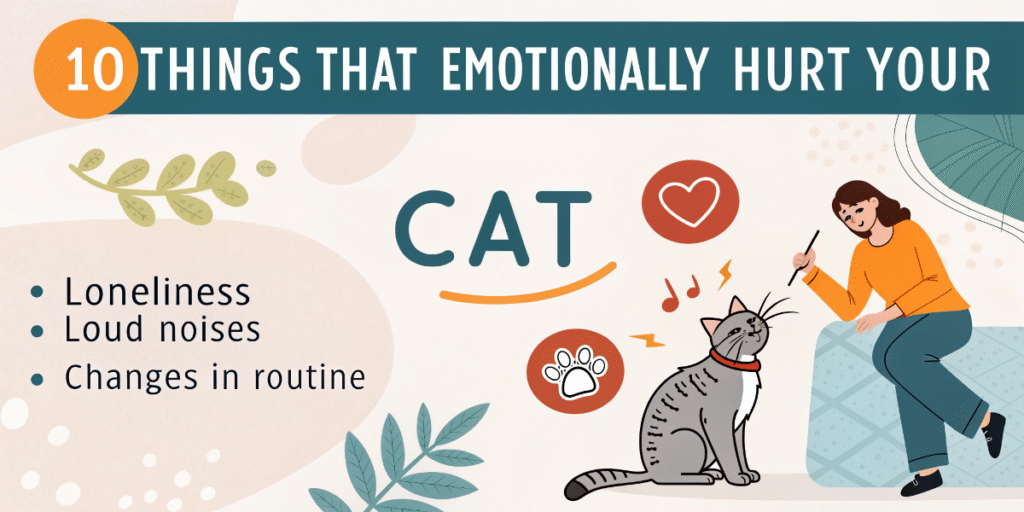
The 10 Ways You Might Be Unknowingly Hurting Your Cat Emotionally
1. Teasing and Pranks
The Problem: Cats view their environment as their safe haven. When we tease or prank them, we disrupt their sense of security.
Real-World Example: The viral “cucumber prank” involves placing a cucumber behind a cat while they’re eating. When the cat turns around, they perceive the cucumber as a potential threat (resembling a snake), causing intense fear and stress.
Emotional Impact:
- Creates feelings of vulnerability
- Damages trust in their safe spaces
- Can lead to avoidance behaviors
- May cause cats to boycott previously safe areas (like near their litter box)
2. Shouting and Loud Noises
The Science: Cats have exceptionally sensitive hearing and can detect a broader range of frequencies than humans.
The Problem: Loud noises, including shouting, can be overwhelming and emotionally traumatic for cats.
Effects on Your Cat:
- Damages the human-cat bond
- Creates feelings of insecurity and anxiety
- Can be perceived as aggression, even when not directed at them
- May cause cats to associate loud voices with danger
3. Calling Their Name Without Reward
The Issue: Cats are intelligent animals that learn to recognize their names and associate them with specific experiences.
Common Mistakes:
- Calling their name without offering treats or playtime
- Using their name primarily for unpleasant experiences (medicine, bath time)
Consequences:
- Creates negative associations with their name
- Leads to emotional distress
- Results in avoidance behaviors
- Reduces responsiveness to their name over time
4. Neglecting Grooming Needs
Why It Matters: Cats take immense pride in their appearance and grooming habits.
Emotional Impact of Neglect:
- Negatively affects self-esteem
- Creates feelings of vulnerability
- Leads to emotional distress
- Diminishes their sense of well-being
- Makes them feel emotionally unsettled
Key Point: Clean, well-maintained fur is essential for a cat’s emotional security.
5. Ignoring and Lack of Interaction
The Reality: Cats can suffer from depression, just like humans.
Research Findings: According to studies published in the Journal of Veterinary Behavior:
- Cats with more bonding time with owners show fewer behavioral problems
- Cats that are ignored or experience negative interactions struggle behaviorally
- Depression in cats is a real and serious condition
What Cats Need:
- Regular playtime
- Cuddling and physical affection
- Mental stimulation
- Quality interaction beyond just food and shelter
6. Lack of Hiding Spots and Vertical Spaces
Understanding Cat Behavior: When cats hide, they’re not playing games—they’re seeking security.
Types of Safe Spaces Cats Need:
| Space Type | Purpose | Examples |
|---|---|---|
| Horizontal Hiding | Stress relief and security | Cardboard boxes, tunnels, furniture corners |
| Vertical Spaces | Observation and control | Cat trees, tall shelves, elevated perches |
Benefits of Providing Safe Spaces:
- Gives cats control over their environment
- Helps them cope with stress and anxiety
- Provides vantage points for observation
- Offers retreat options when feeling overwhelmed
7. Separation Anxiety
Myth vs. Reality: Contrary to popular belief, cats can suffer from separation anxiety, not just dogs.
Signs of Separation Anxiety in Cats:
- Excessive meowing
- Destructive behavior
- Changes in eating habits
- Inappropriate elimination
- Withdrawal or clinginess
Solutions:
- Maintain consistent daily routines
- Gradually acclimate cats to your absence
- Start with short departures and gradually increase time away
- Provide engaging activities during your absence
8. Sudden Changes in Routine
The Cat Mindset: Cats are creatures of habit who thrive on predictability and routine.
Common Routine Disruptions:
- Changing feeding times (e.g., from 8 AM to 11 AM)
- Altering sleep schedules
- Modifying playtimes
- Relocating food or water bowls
Emotional Responses to Routine Changes:
- Increased anxiety
- Excessive meowing
- Restlessness
- Behavioral problems
Management Strategy: If changes are necessary, keep other aspects of their life stable and make transitions gradual.
9. Litter Box Issues: Privacy and Cleanliness
Understanding Vulnerability: Using the litter box is when cats are at their most vulnerable state.
Privacy Concerns
The Problem: Litter boxes placed in high-traffic areas make cats feel exposed and interrupted.
Solutions:
- Place litter boxes in quiet, low-traffic areas
- Ensure easy access without feeling trapped
- Provide multiple boxes in different locations
Cleanliness Standards
Cat Expectations: Cats are naturally tidy creatures with high cleanliness standards.
Cleanliness Guidelines:
- Scoop daily, change litter regularly
- Clean boxes thoroughly with mild soap
- Replace boxes when they become odorous or scratched
- Use unscented litter (cats have sensitive noses)
Health Considerations: Dirty litter boxes can become breeding grounds for bacteria, leading to health issues.
10. Lack of Mental Stimulation
Natural Instincts: Cats are born hunters with sharp problem-solving skills and natural curiosity.
Signs of Boredom:
- Destructive behavior
- Excessive sleeping
- Overeating
- Attention-seeking behaviors
Mental Stimulation Strategies:
| Activity Type | Examples | Benefits |
|---|---|---|
| Toy Rotation | Rotate toys weekly | Maintains interest and curiosity |
| Puzzle Feeders | Food puzzles, treat balls | Engages problem-solving skills |
| Interactive Play | Wand toys, laser pointers | Satisfies hunting instincts |
| Environmental Enrichment | Cat trees, scratching posts | Provides physical and mental exercise |
Creating an Emotionally Healthy Environment for Your Cat
Daily Routine Checklist
- Morning: Consistent feeding time and brief play session
- Midday: Mental stimulation activities or puzzle feeders
- Evening: Quality bonding time and grooming (if needed)
- Night: Quiet time with access to hiding spots
Environmental Setup
- Safe Spaces: Provide both horizontal and vertical hiding spots
- Clean Facilities: Maintain spotless litter boxes in private locations
- Consistent Layout: Keep food, water, and litter areas in familiar locations
- Stimulating Environment: Rotate toys and provide varied activities
Building Trust and Emotional Security
- Use positive reinforcement when calling their name
- Avoid teasing or pranking behaviors
- Maintain calm, quiet interactions
- Respect their need for independence while providing affection
- Establish and maintain consistent routines
Understanding Your Cat’s Emotional Needs
Recognizing that cats have complex emotional needs is the first step toward providing better care. By avoiding these common mistakes and implementing positive changes, you can significantly improve your cat’s emotional well-being and strengthen your bond with your feline companion.
Remember, an emotionally healthy cat is not only happier but also more likely to exhibit positive behaviors, have better physical health, and form stronger relationships with their human family members. Taking the time to understand and address these emotional needs is an investment in your cat’s overall quality of life.
Understanding cat body language and emotional cues is crucial for every cat owner. By recognizing these signs and avoiding emotionally harmful behaviors, you can create a nurturing environment that supports your cat’s mental and emotional health.


